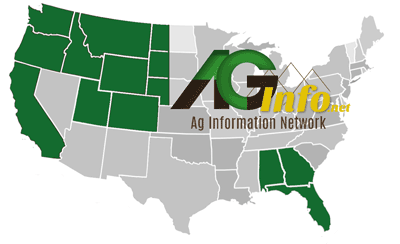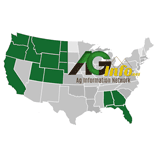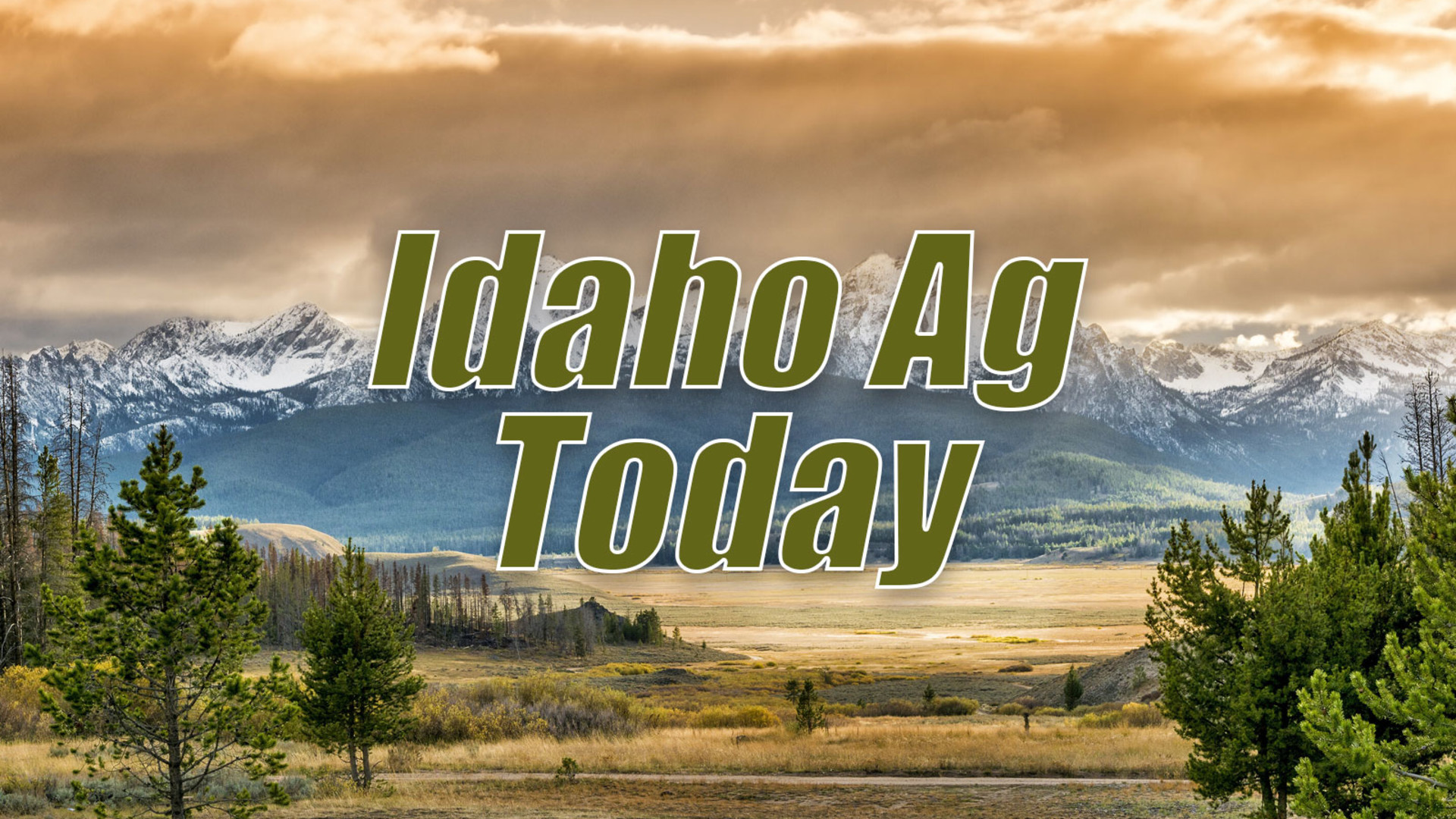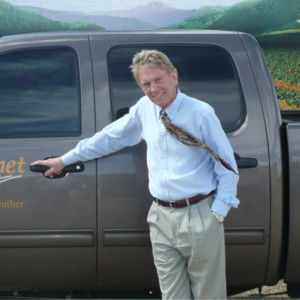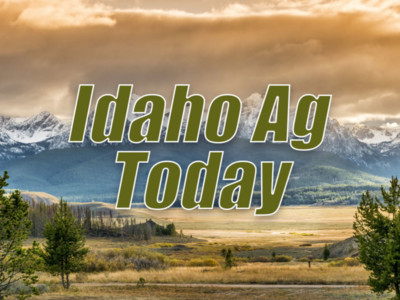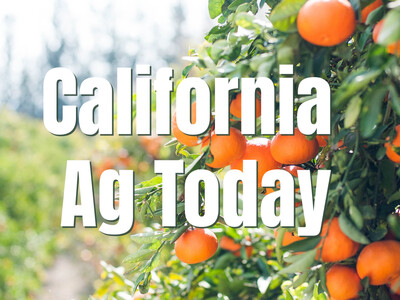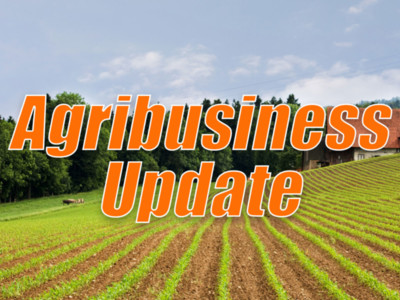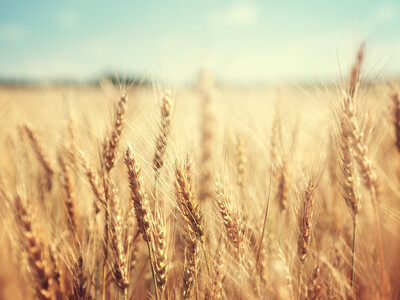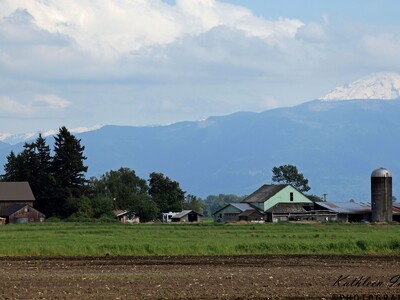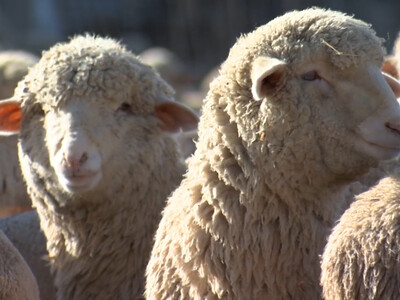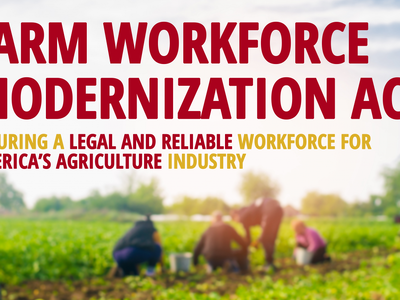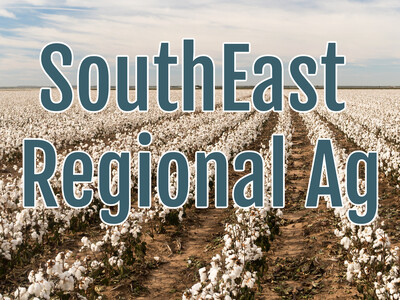Reducing wildfire fuel
As wildfires rage across the western U.S., incinerating hundreds of thousands of acres, destroying entire communities, and polluting the air, Bill Pekny has a message: We need to get more educated on what causes these disasters. It’s the only way we’ll be able to reduce the devastation.“There are a lot of misconceptions around wildfires,” says Pekny, author of A Tale of Two Climates: One Real, One Imaginary (Two Climates LLC, 2021. “One of the biggest is that they are 100 percent preventable. They aren’t, and in fact, prescribed burns are beneficial. Still, we can and should do certain things to lessen their frequency and severity.”
For example, says Pekny, we can take the following steps:
Use smart, strategic logging. Trees leave the forest in two ways: smoke or lumber. With judicious logging practices, we will also create much needed firebreaks and access roads in the process.
Build more dams and reservoirs, especially in drought and fire prone areas. Find ways to trap seasonal floodwater for drought, fire mitigation, and hydropower, rather than simply wasting the water by allowing it to flow unchecked into the oceans.
Relax regulations that stymie dam and reservoir construction, forest thinning, and removal of brush that fuel wildfires.
